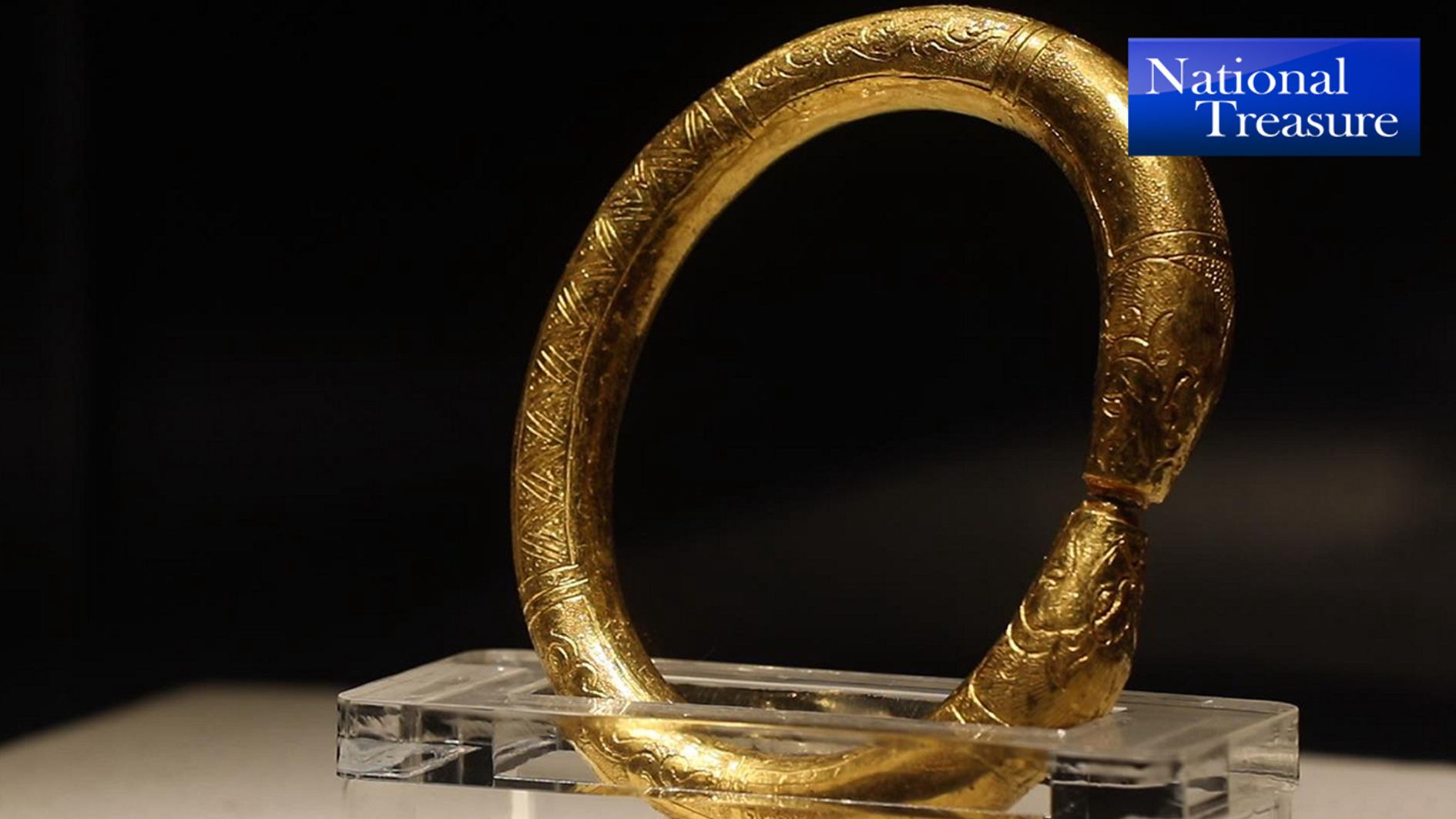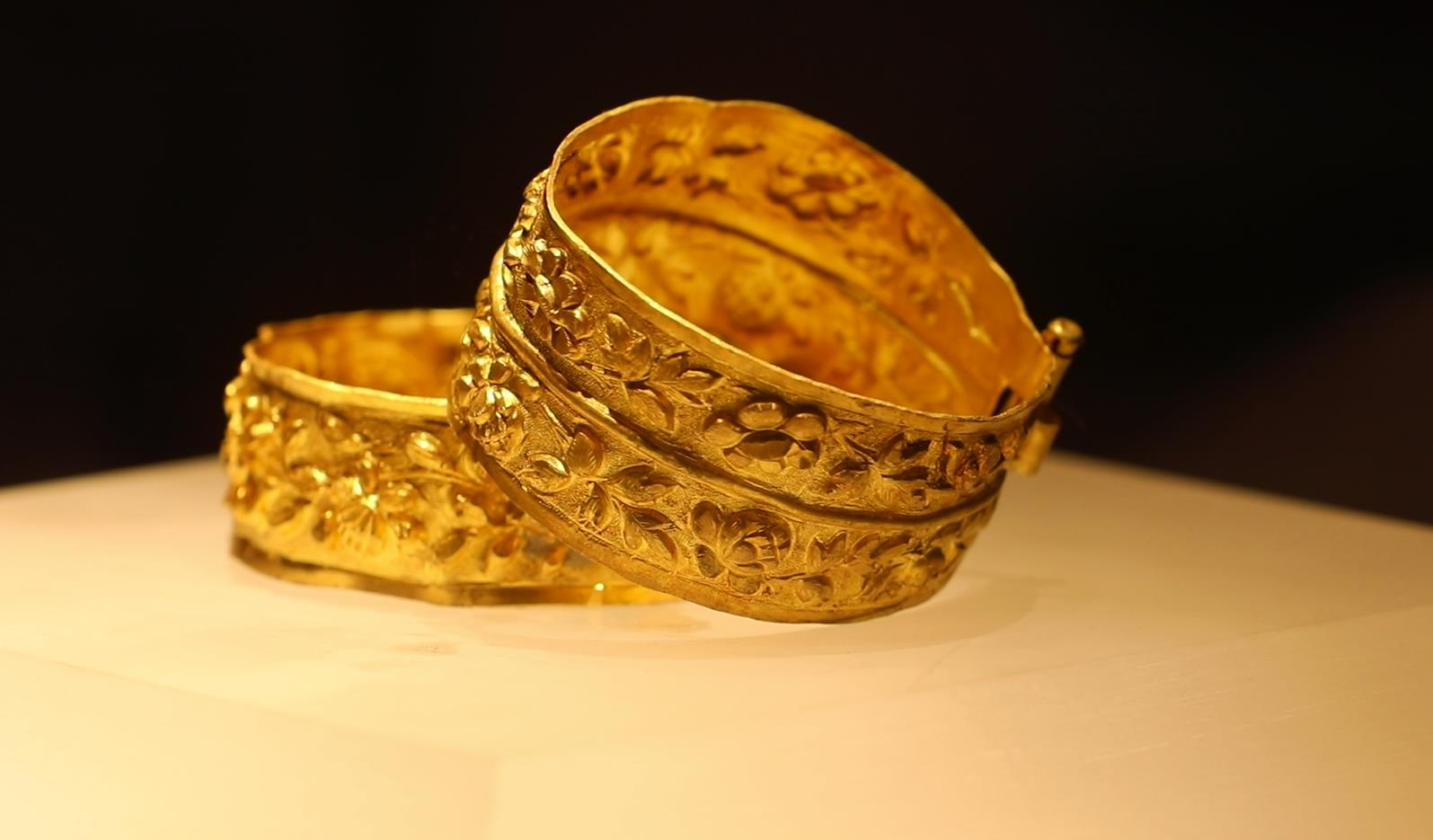
Culture
23:05, 21-May-2019
Nanhai One shipwreck: A time capsule of civilizations
By Ge Yunfei, Liang Qipeng
02:48

Trade connects different civilizations and societies around the world. In ancient times, merchants on camels, horses, and ships brought continents, oceans, and countries closer.
Eight hundred years ago, during China's Song (960-1127) and Yuan (1271-1368) dynasties, the country's foreign trade was more prosperous than ever before. Ships carrying porcelain, silk, and tea started their voyages along the southern coast, eventually reached Southeast Asia. Others sailed across the Strait of Malacca, and arrived in India and as far away as the Arab world.
Along the Maritime Silk Road, the sea near Yangjiang city, only a four-hour drive from Hong Kong, had one of the busiest trading routes in the world. Along the southern coast of the city, thousands of merchant ships used to shuttle between the middle kingdom and other parts of Asia every year.
Though the old glory has faded, there is one shipwreck that remains at China's Guangdong Maritime Silk Road Museum. About 800 years ago, the ancient vessel "Nanhai One" sank off the coast of Yangjiang. It was thought to be carrying 60 to 80,000 precious pieces of cargo, especially ceramics.

A pair of golden bangles discovered on Nanhai One shipwreck. /CGTN Photo
A pair of golden bangles discovered on Nanhai One shipwreck. /CGTN Photo
Since 1987, Cui Yong has participated in every step of excavations for the Nanhai One shipwreck. According to Cui, the shipwreck has the biggest number of cultural relics in China's underwater archaeology.
Thus, it is not only crucial in studies of Chinese history but also acts as a mirror that narrates the chronicles of all of Asia. Now experts have reached a consensus that this ship was destined for Southeast Asia or even further down the South Asian sub-continent.
Some of the evidence include one pair of golden bangles found in the ship. Cui indicated that the decorative designs on those bangles were clearly exotic and from Southeast Asia.
At that time, Arab and Asian merchants ordered golden ornaments and porcelain from China and sold them in other parts of Asia. The prosperous foreign trade even made China's Quanzhou port the largest harbor in the world at that time.
Apart from porcelain, Nanhai One also carried over 100 tons of ironware, including iron pots, pans, and iron nails.

SITEMAP
Copyright © 2018 CGTN. Beijing ICP prepared NO.16065310-3
Copyright © 2018 CGTN. Beijing ICP prepared NO.16065310-3